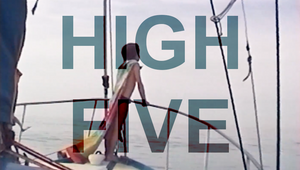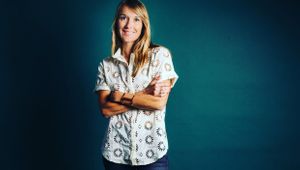
Did Video Kill the Radio Star? Well, Not Really...

Back in the early '80s, a famous song by The Buggles predicted the death of radio, killed by video. Radio has indeed undergone some tough years since the rise of screen media. Today, everything is said with a picture. Instagram culture has revolutionised the way we connect by making it visual. Even sound on Instagram and Facebook is actually deactivated by default, and videos always have subtitles so we never even need to put it back on.
Even though sound has a tendency to be overlooked, overshadowed these past few years by visual culture, it has always been an important dimension of marketing. Take Kellogg’s, who have spent years on the development of the perfect 'crunch'. Or look at a very different industry, luxury cars. Manufacturers design every sound in the car: from the door closing to the sound of the engine. Isn’t it time to put the volume back on for advertising?
Various advertising campaigns have already chosen to put voice back at the heart of the message and to get people to turn the sound on by playing on an offset between video and audio. For instance, to encourage people to speak up against domestic violence, French feminine magazine Marie-Claire launched a campaign on Spotify, which featured a mute music clip, encouraging people to turn on the sound, stating at the end that, 'contrary to this video, silence does not raise awareness when it comes to domestic violence'. That’s powerful.
At Rosapark, we created a campaign for our client Thalys that was 100% based on the sense of hearing. To encourage people to take the train to explore nearby cities accessible by Thalys, we created interactive billboards, each representing a city and its unique 'sound signature'. Pedestrians were invited to plug in their personal headphones - usually used to block out sound - to start exploring a new city.
These last few years, a new sound phenomenon has appeared on social networks: ASMR, a technique of auditory stimuli that produces a tingling effect in the spine and brain. Several brands have since seized the opportunity to integrate this dimension in their advertising production. The first was IKEA in its 'Oddly Ikea' ASMR video. The brand realised that, instead of a video consisting of a montage of sounds, which can frequently evoke sensations of stress, it could offer a relaxing experience using this sound technique. In France, car manufacturer Renault did a fifteen-minute-long ASMR video to promote the comforting sounds of its new ZOE electric.
Radio did not die as expected. Instead, it reinvented itself, transitioning from radio to audio. Today, audio formats and media are multiplying: from on-demand music services to podcasts and audio-books, to voice-triggered connected devices. The challenge is to reinvent audio advertising the same way, by considering it in all its forms and to tie it into our connected ecosystem, rather than just radio. All we need to prepare this transition is to question the way we do our jobs every day, to keep up with people’s evolving habits, like we’ve done so many times before in this industry. It’s a thrilling goal for creativity.
Alexandre Ribichesu is senior strategic planner at Rosapark










